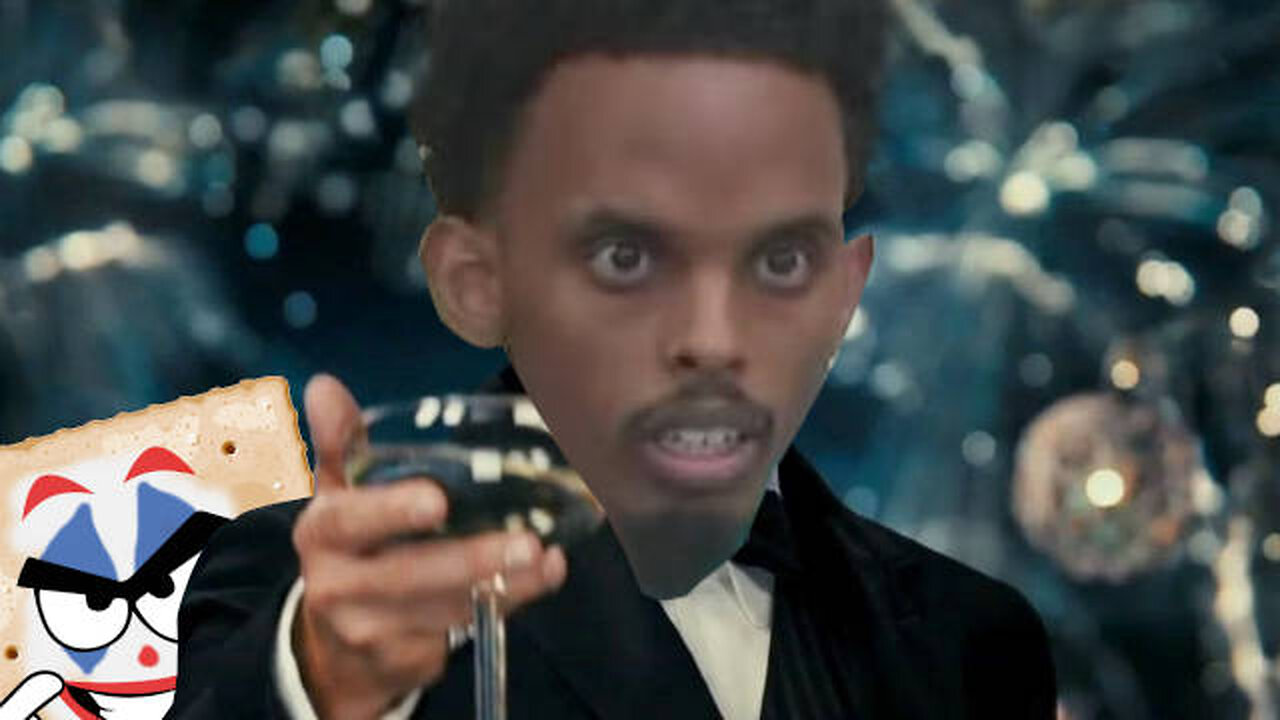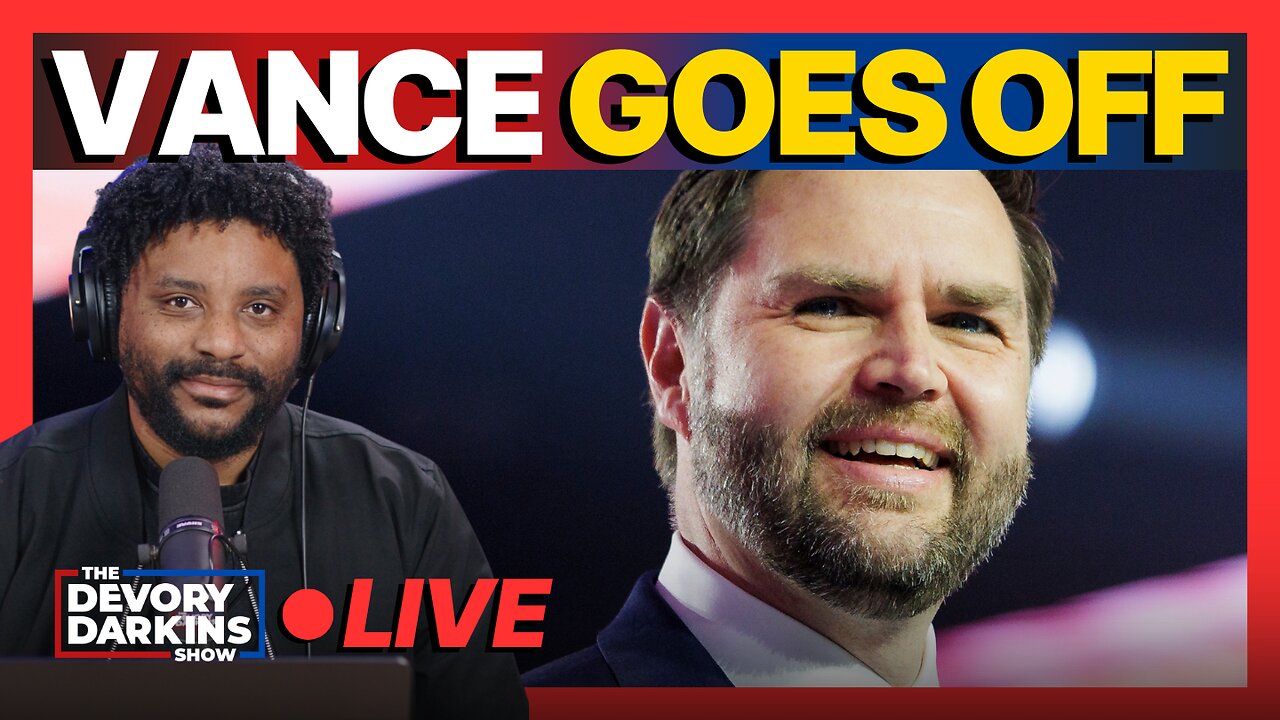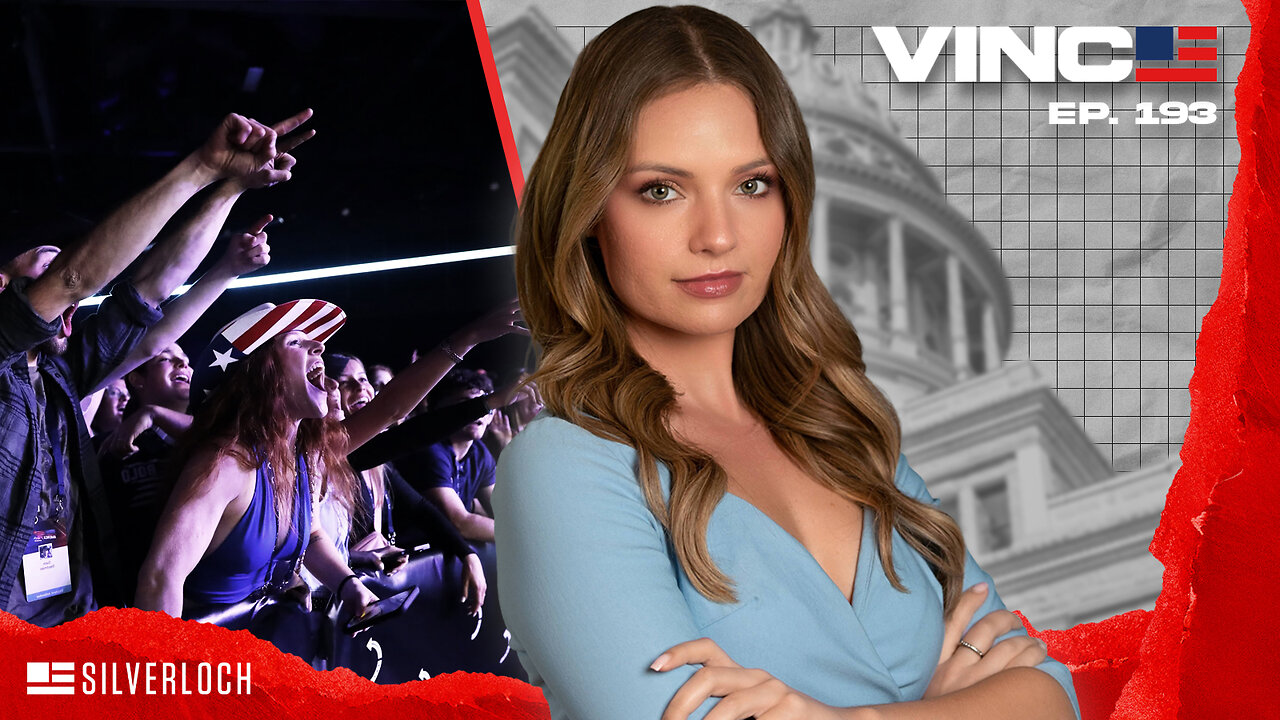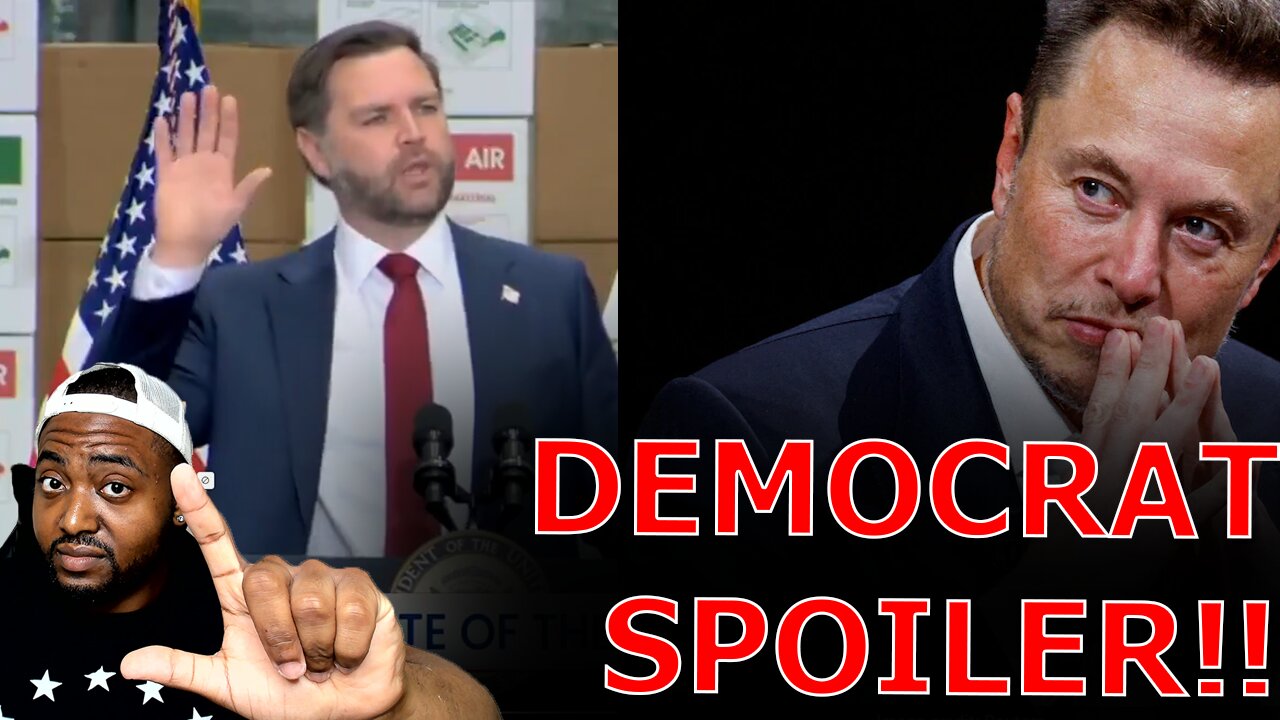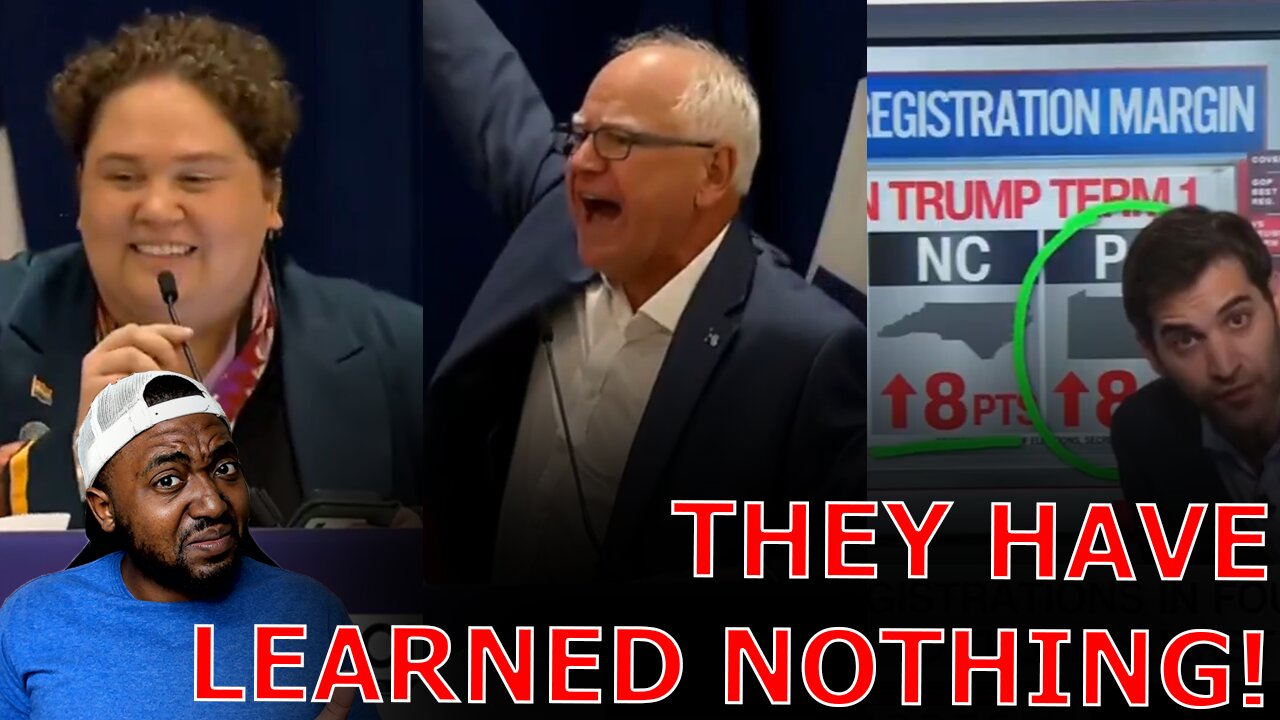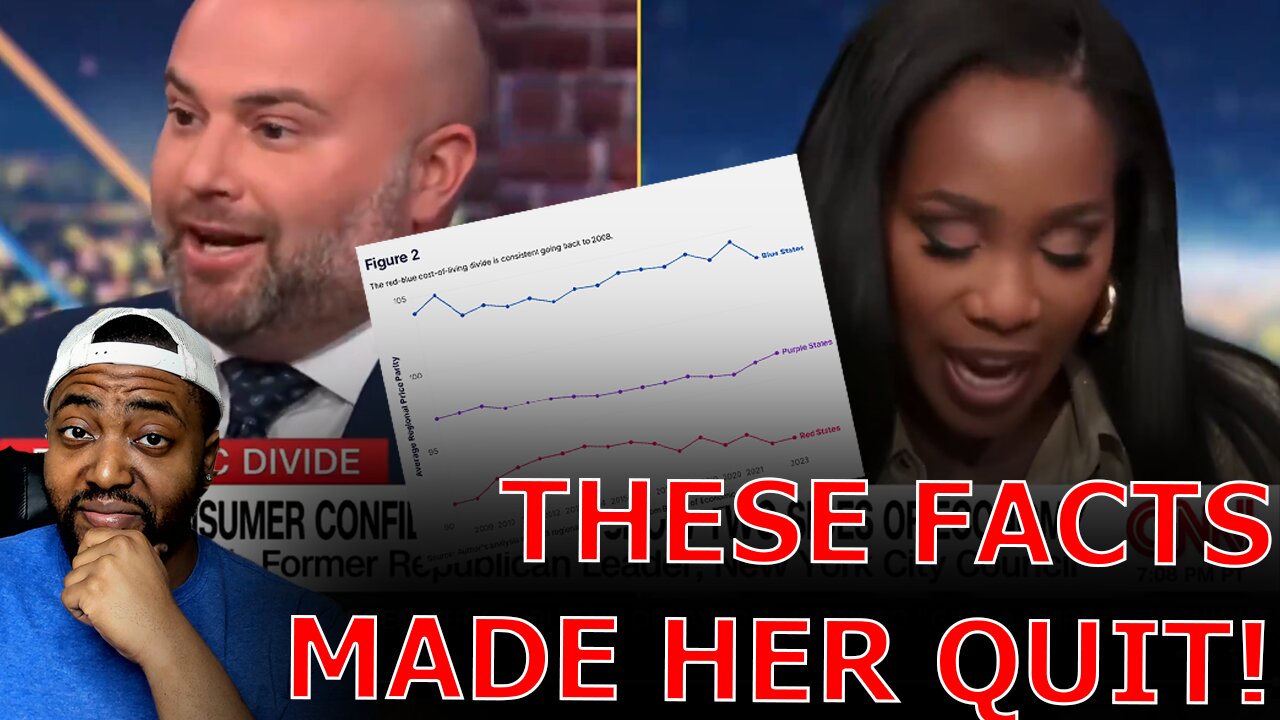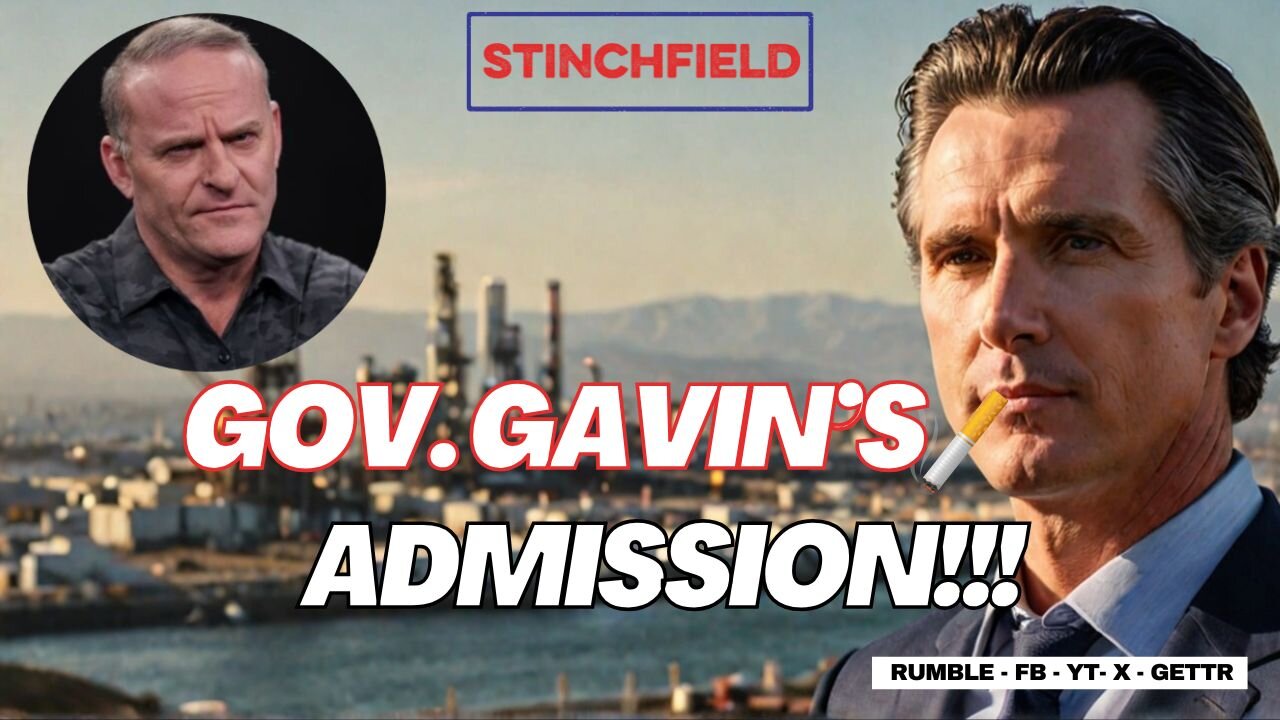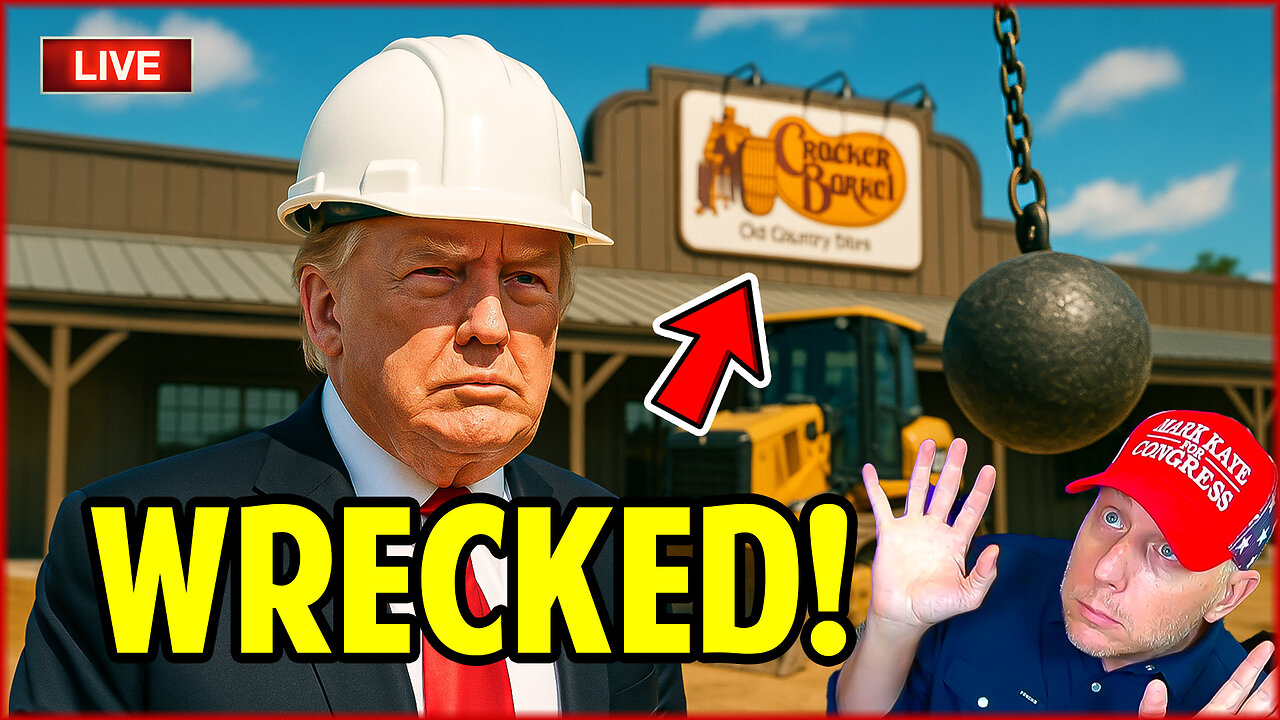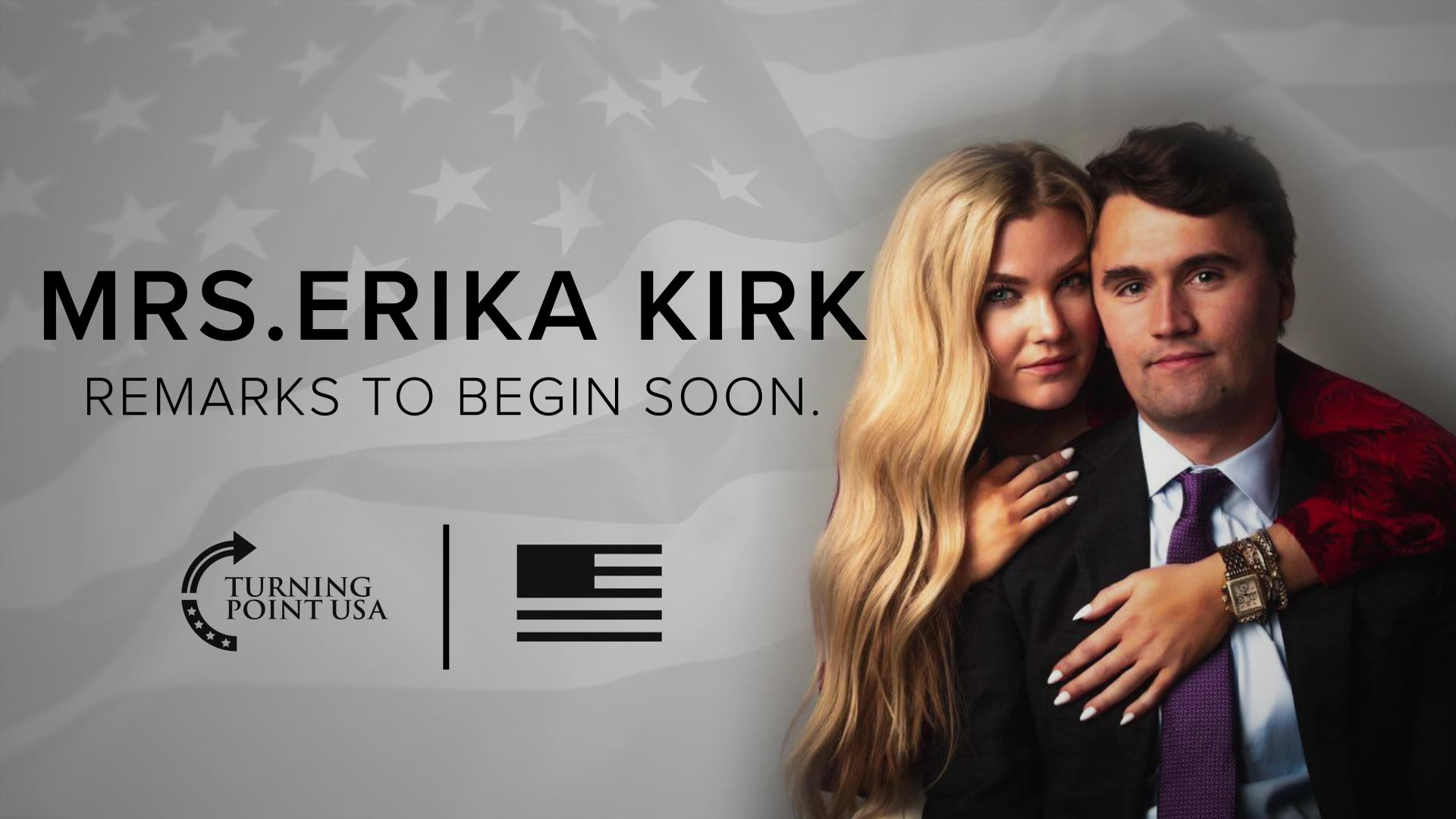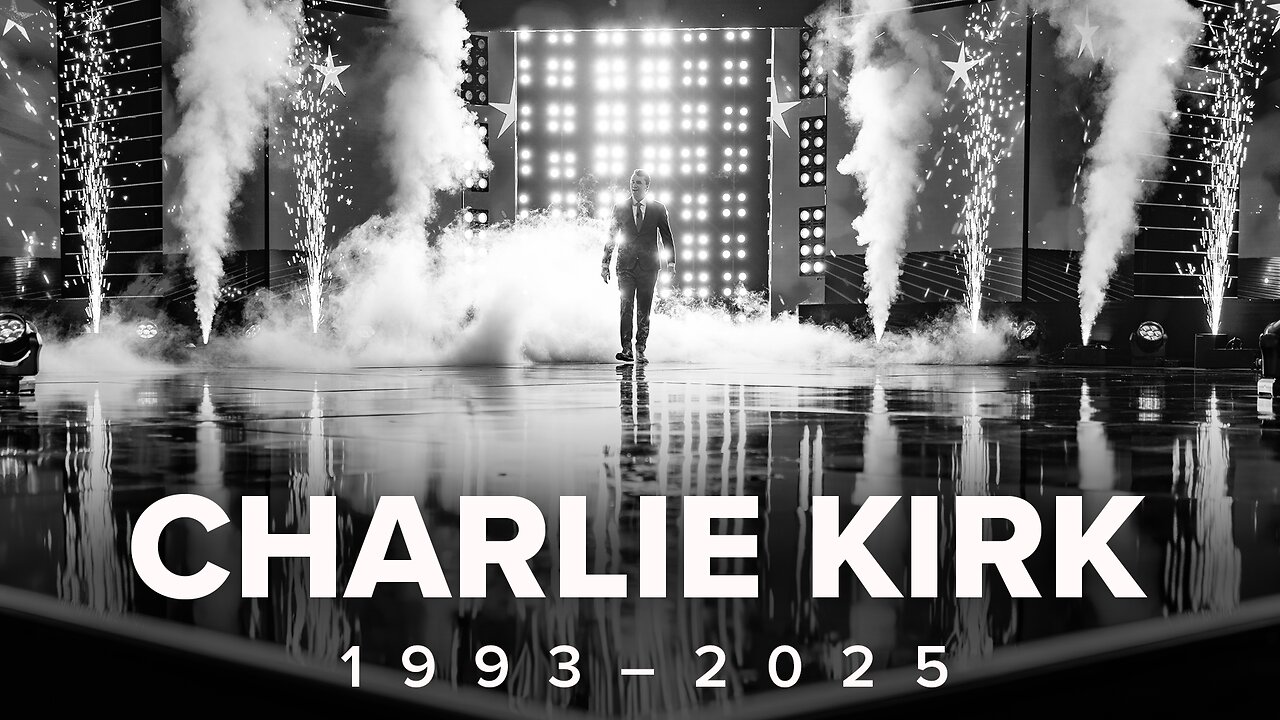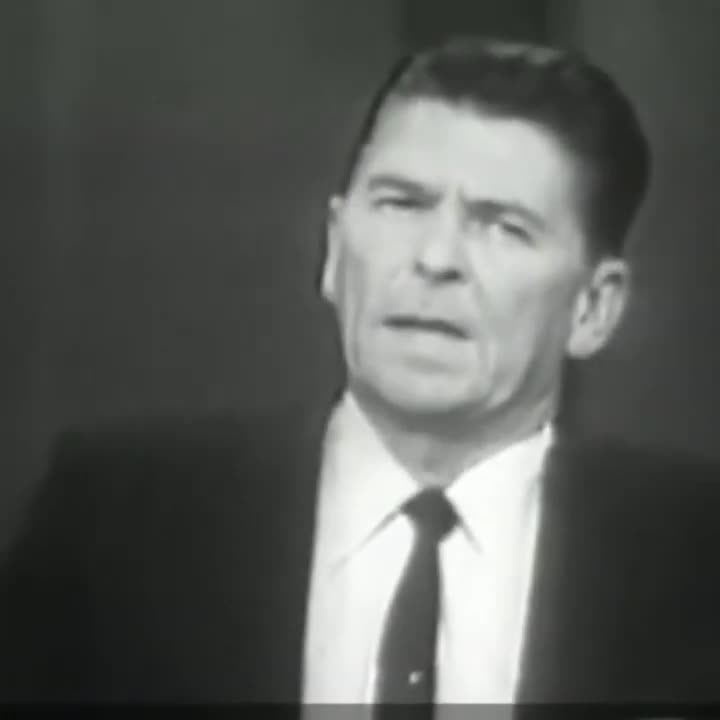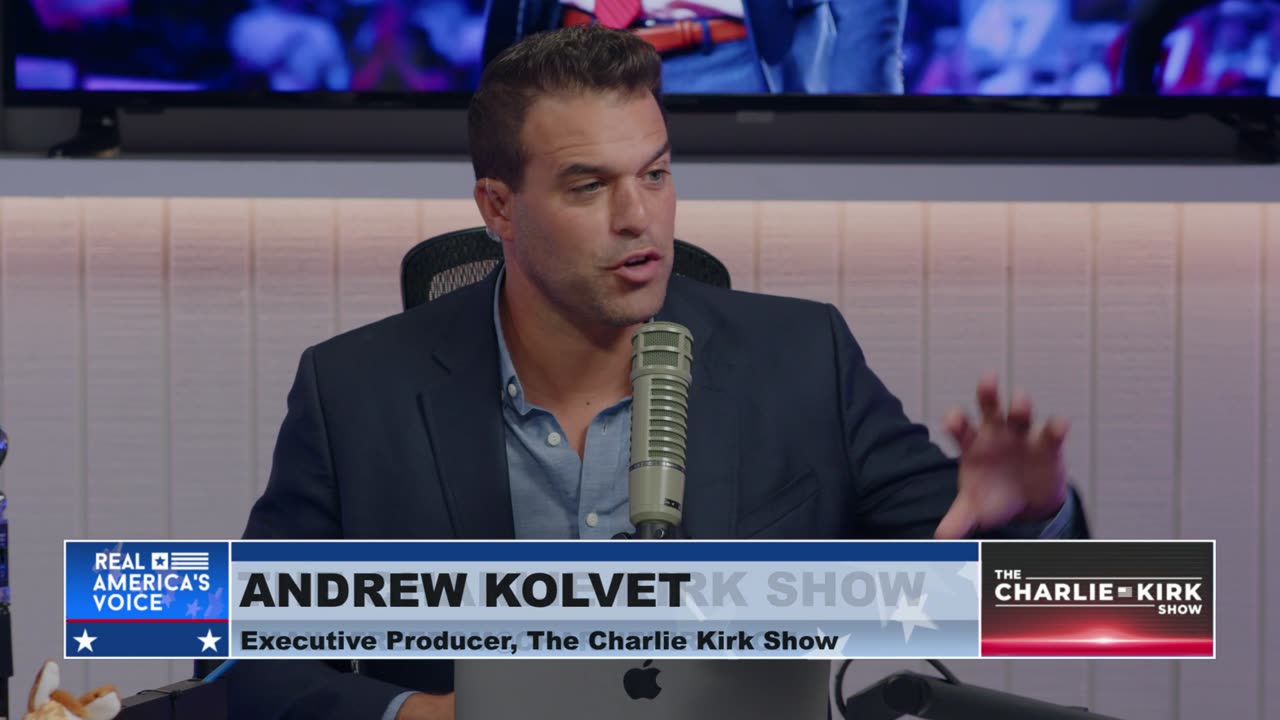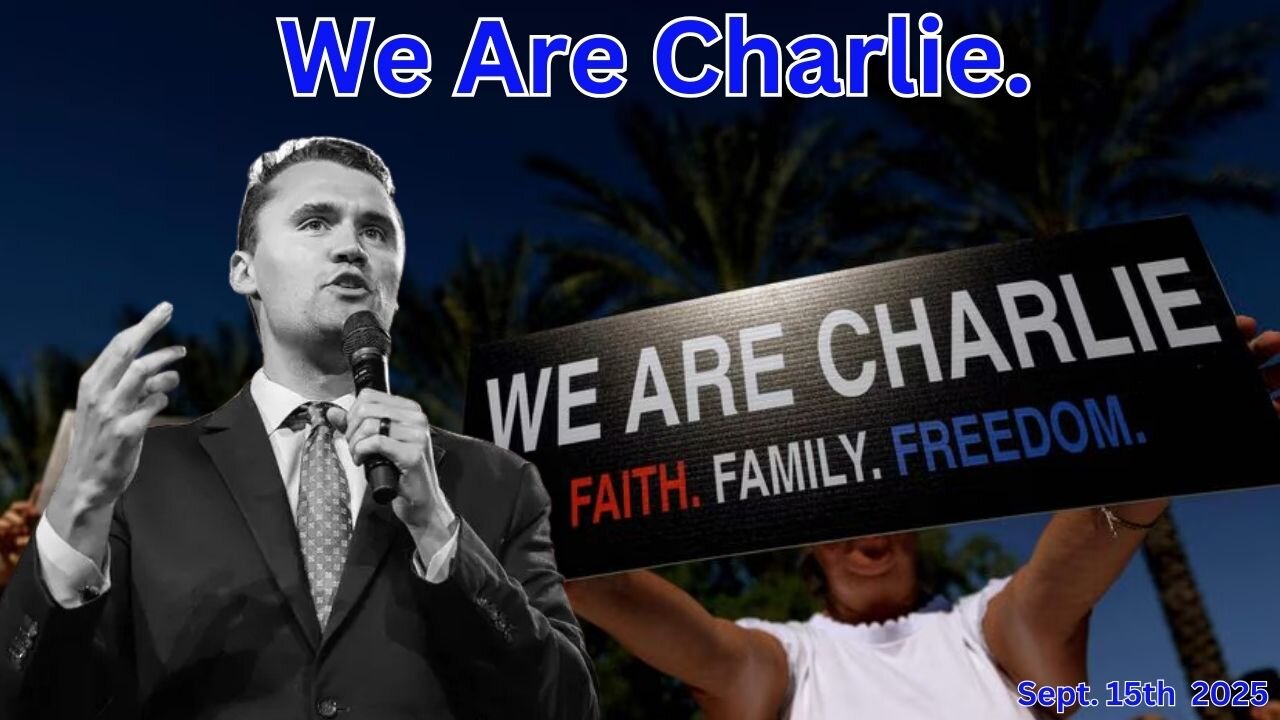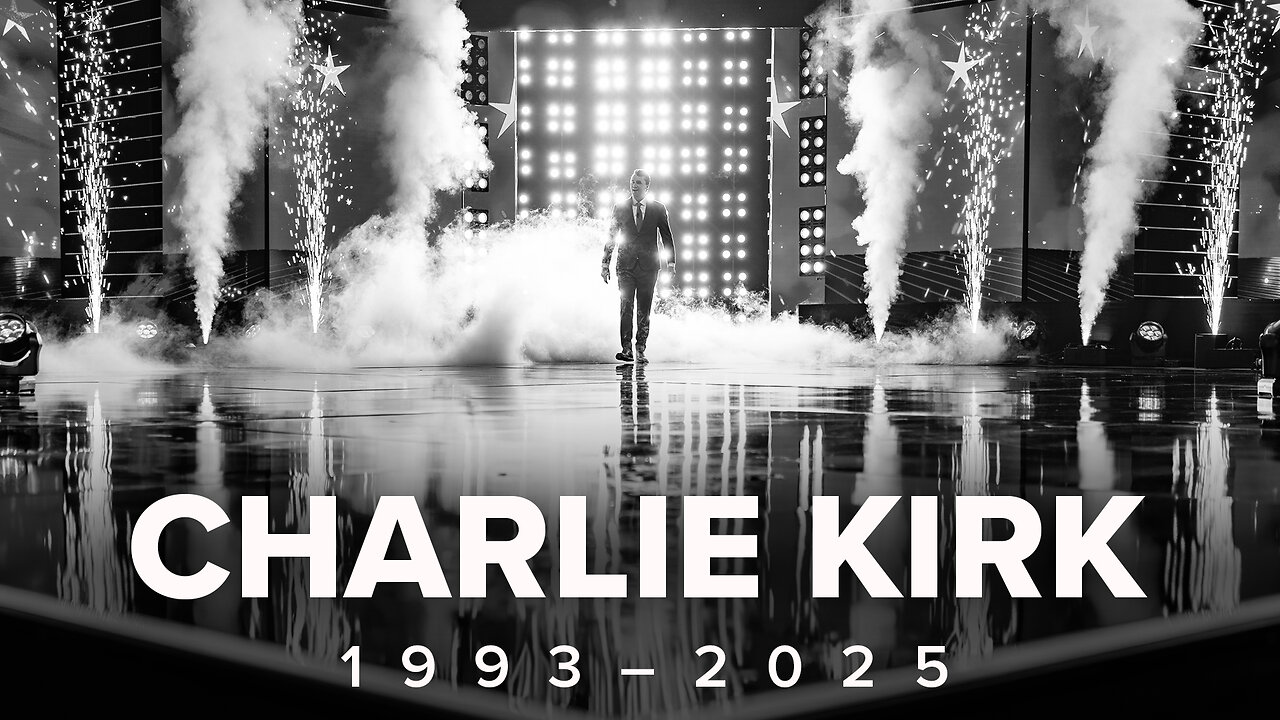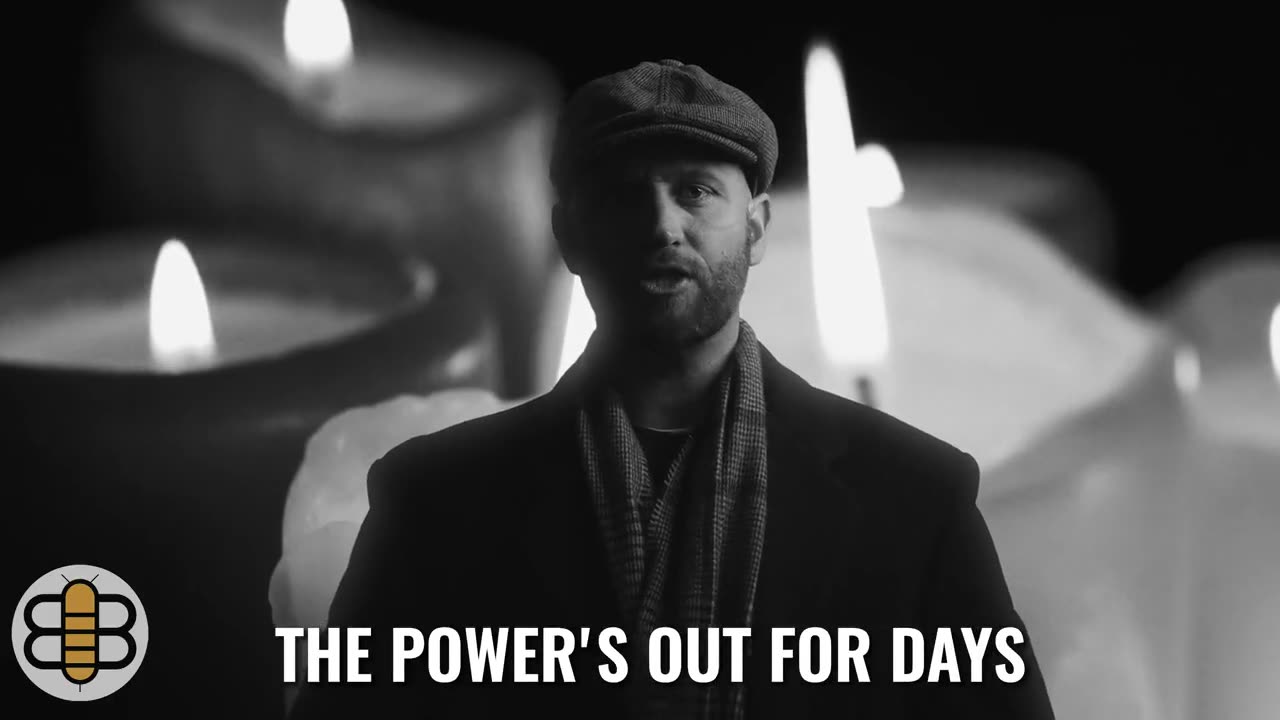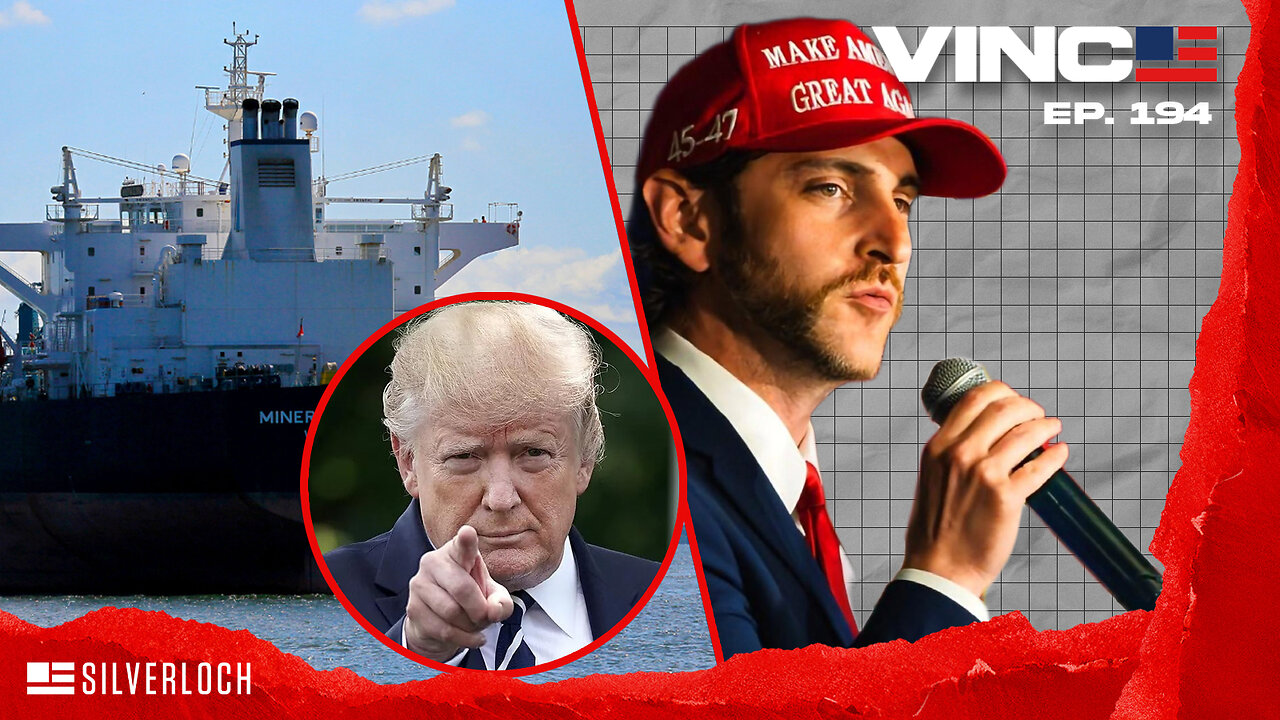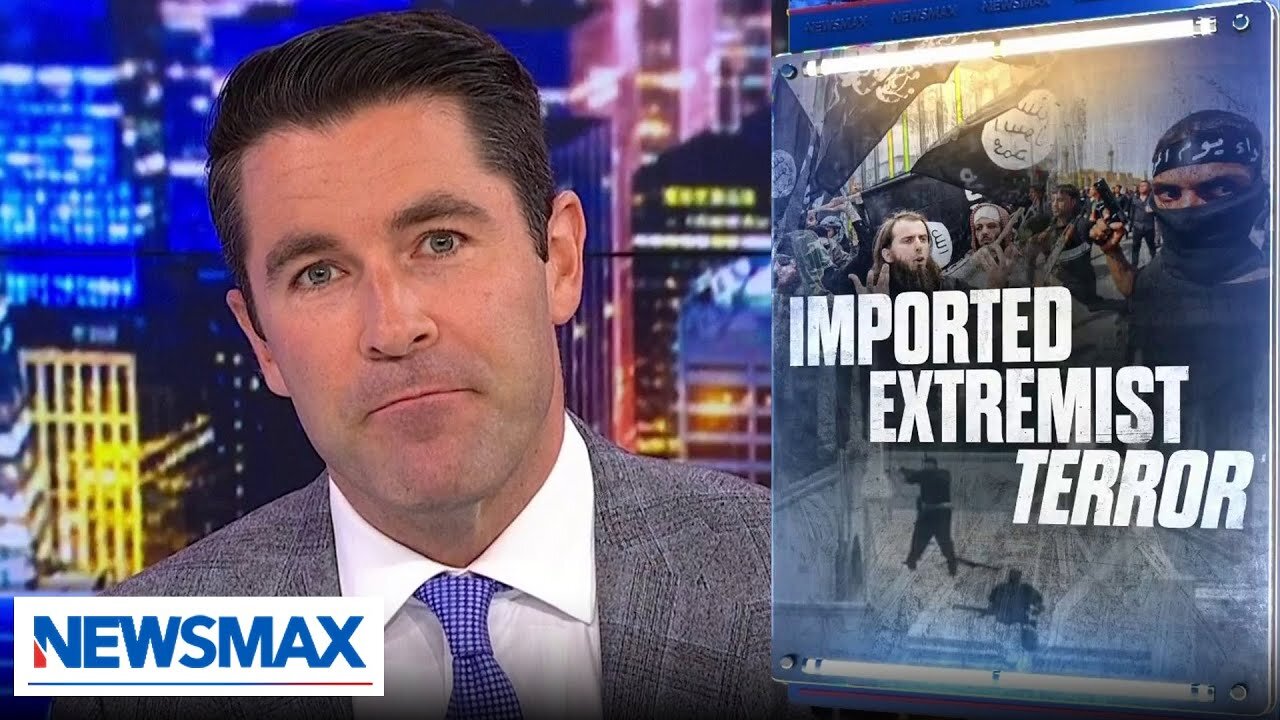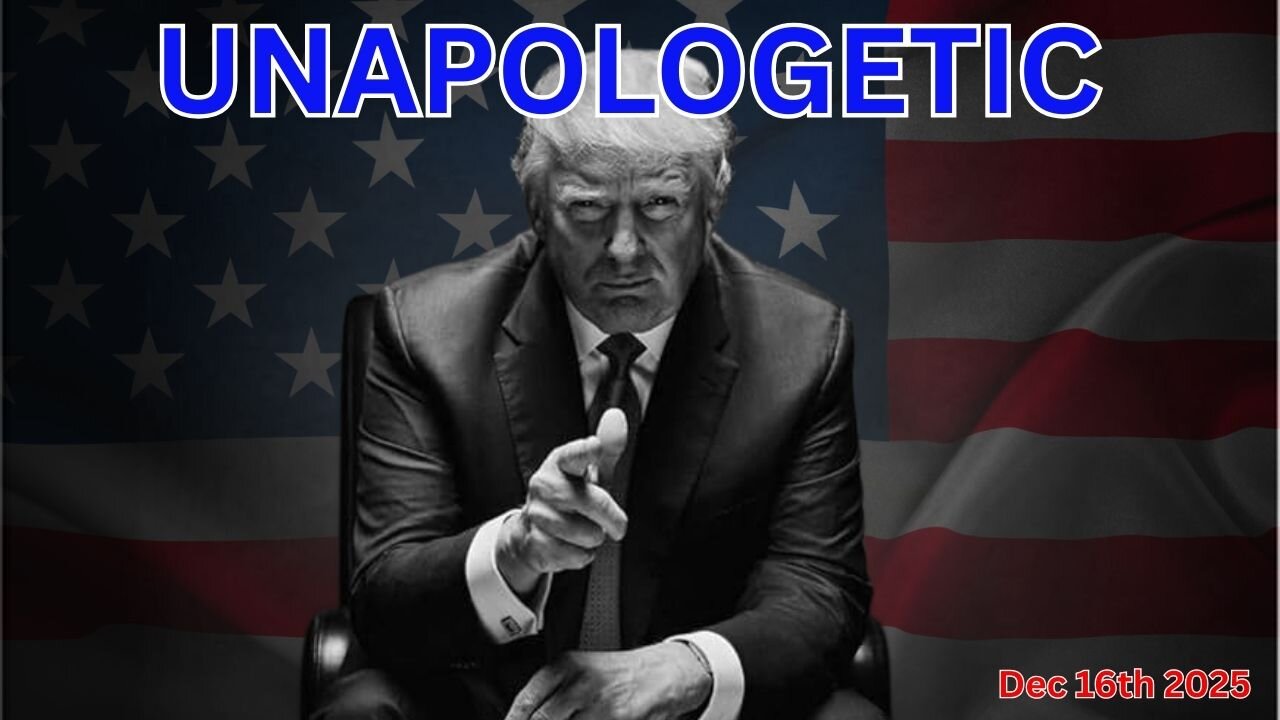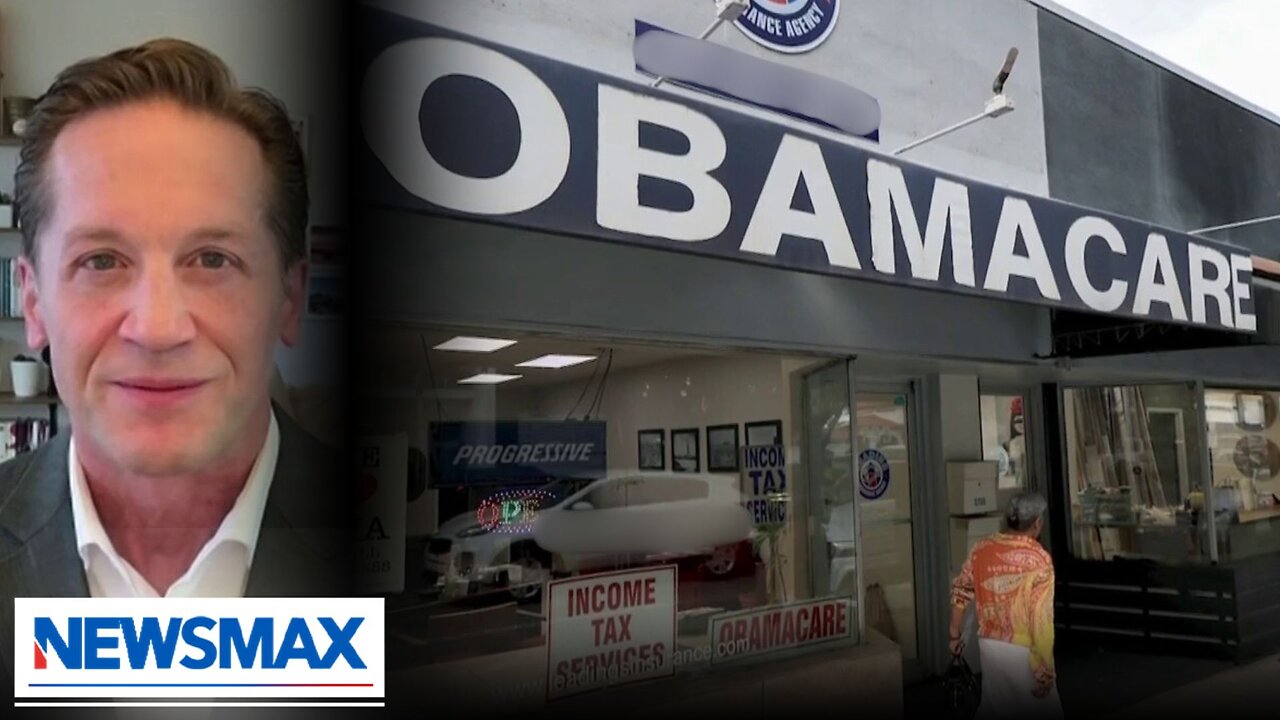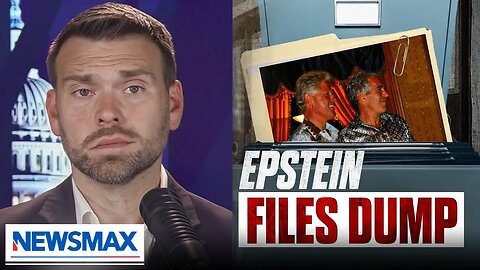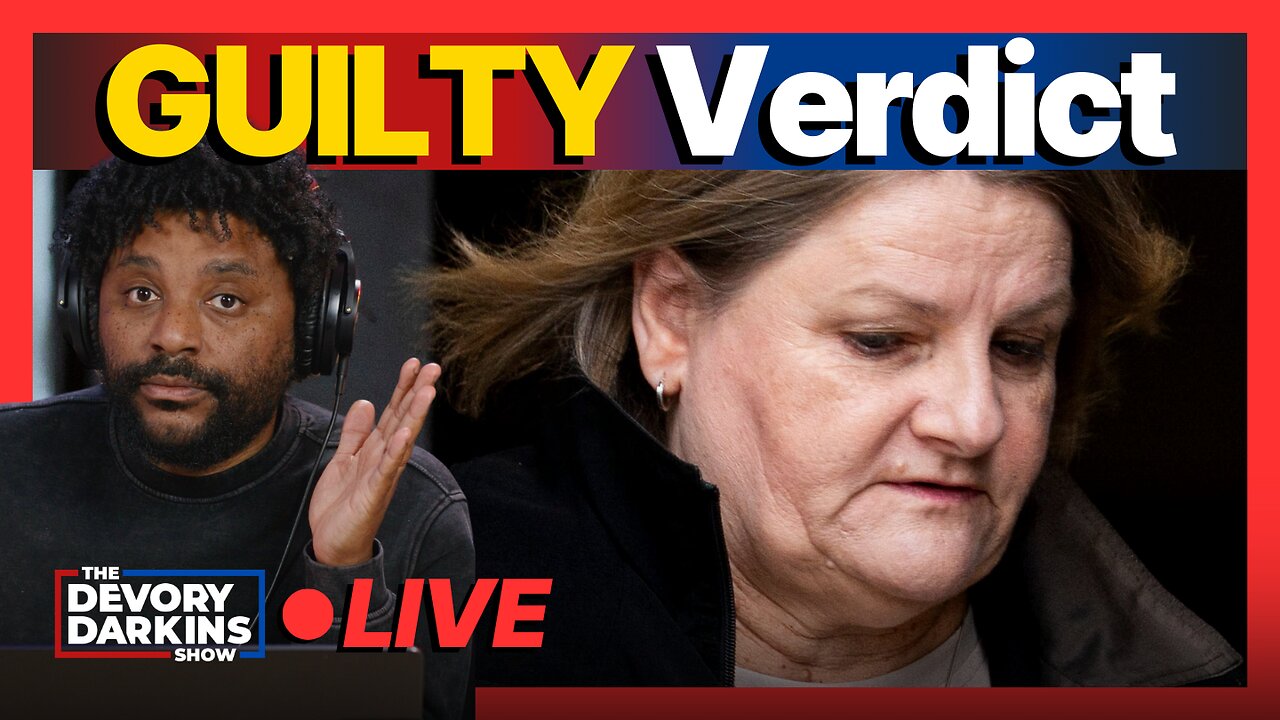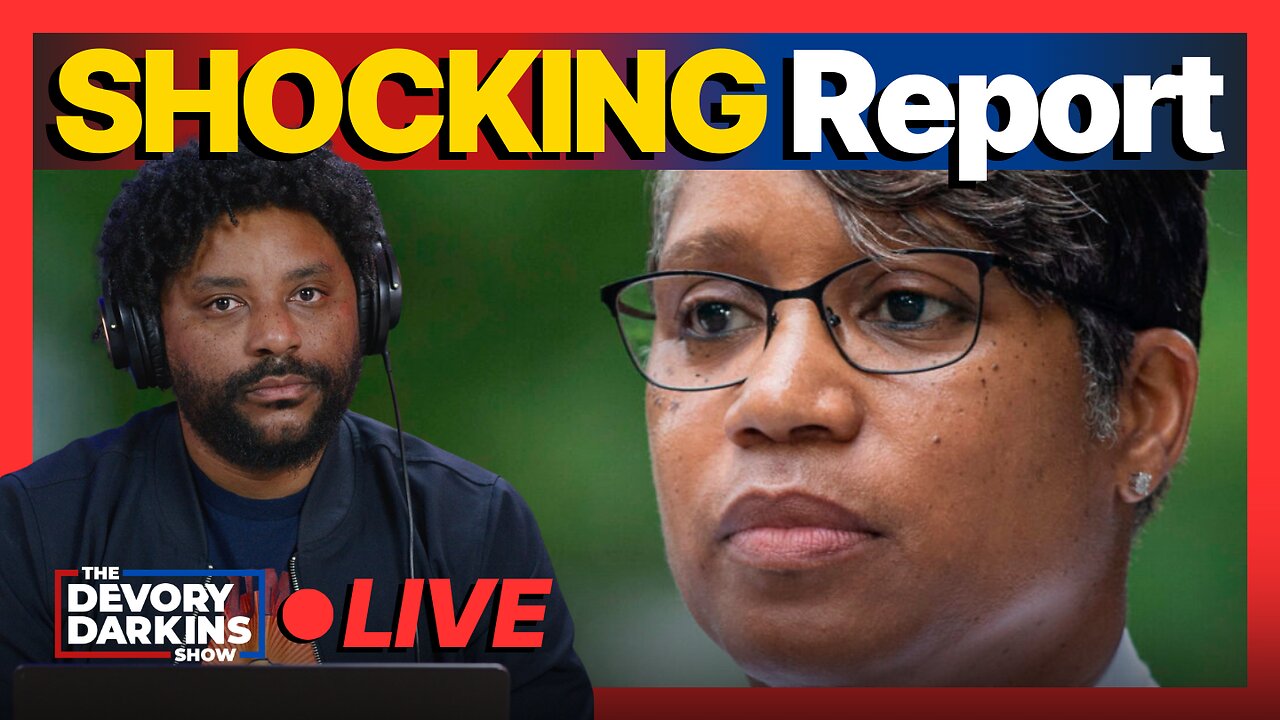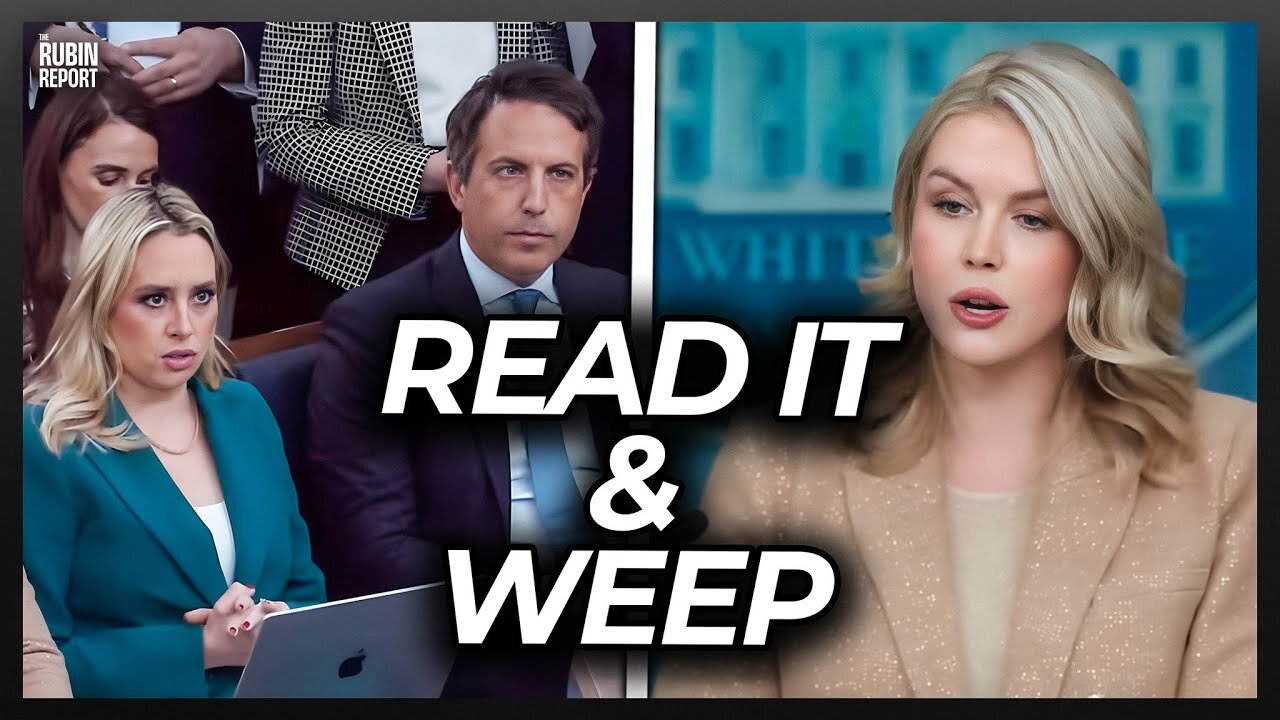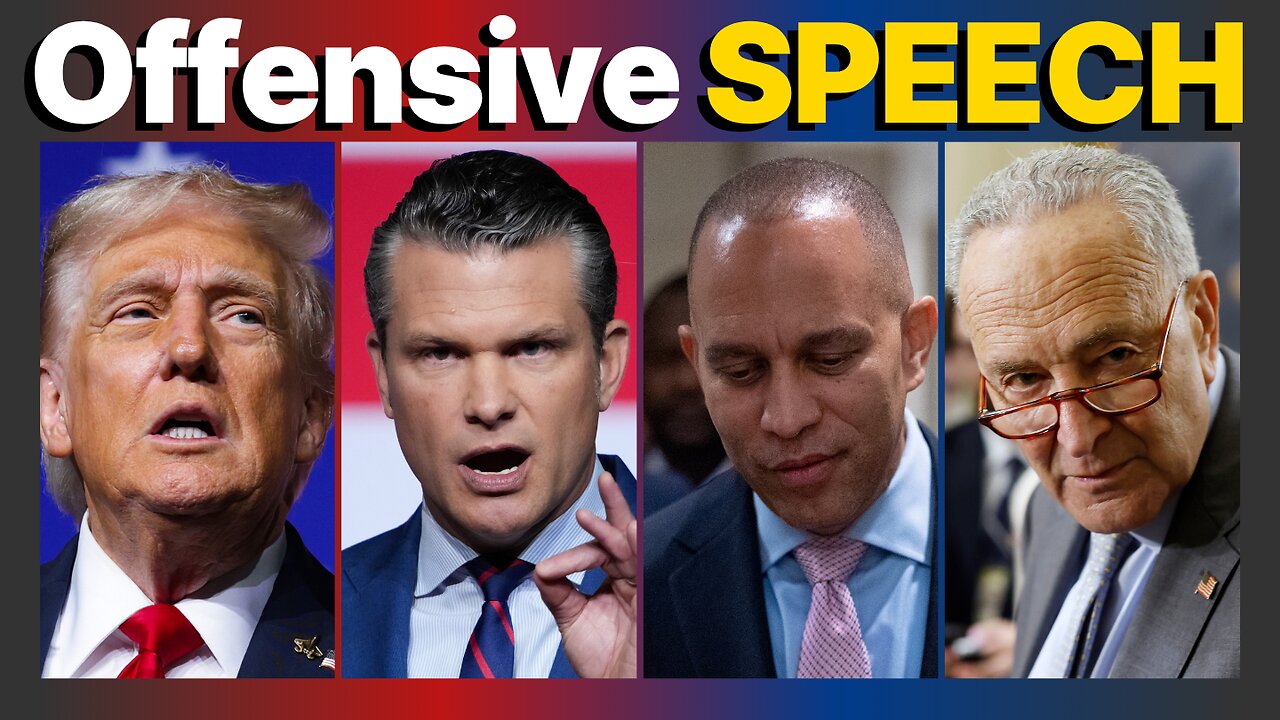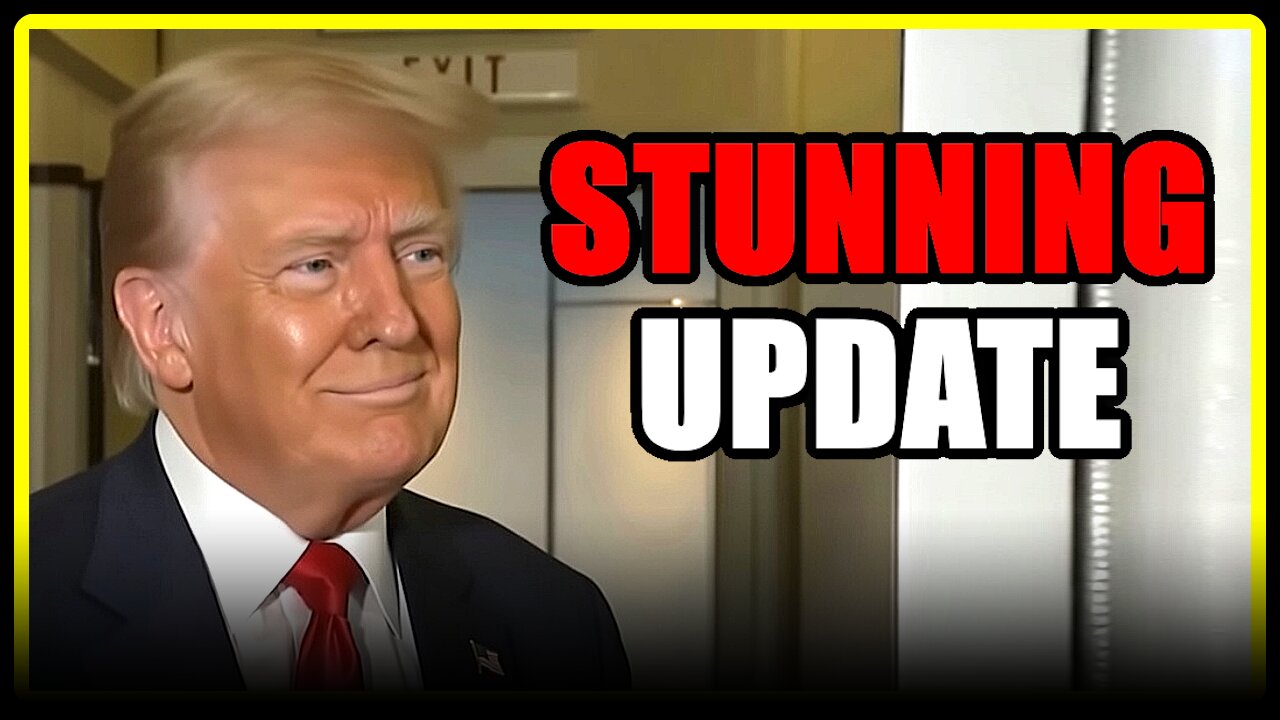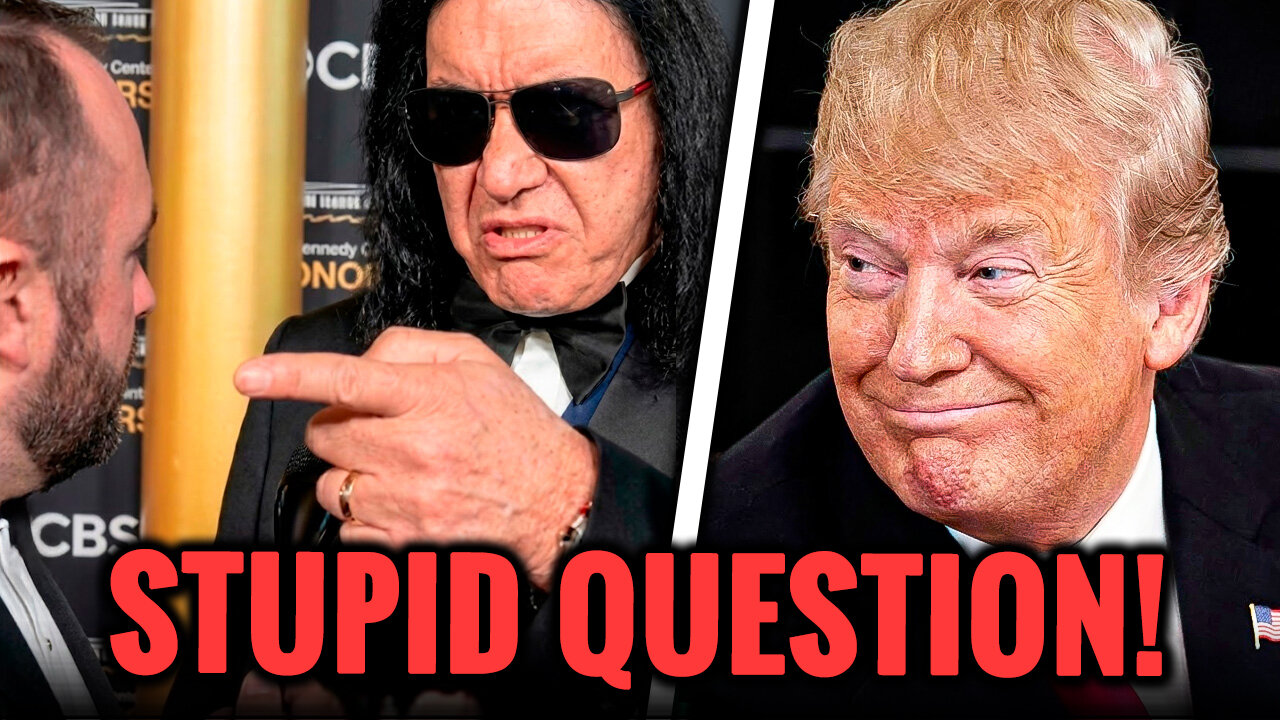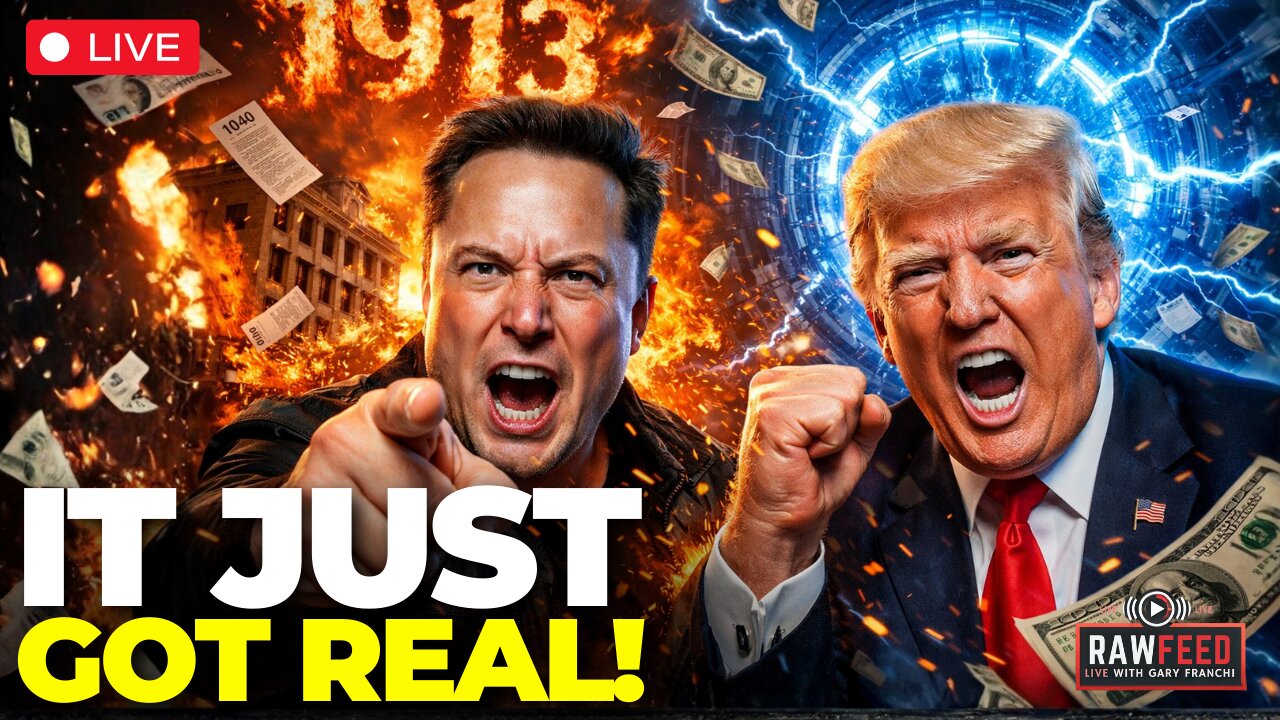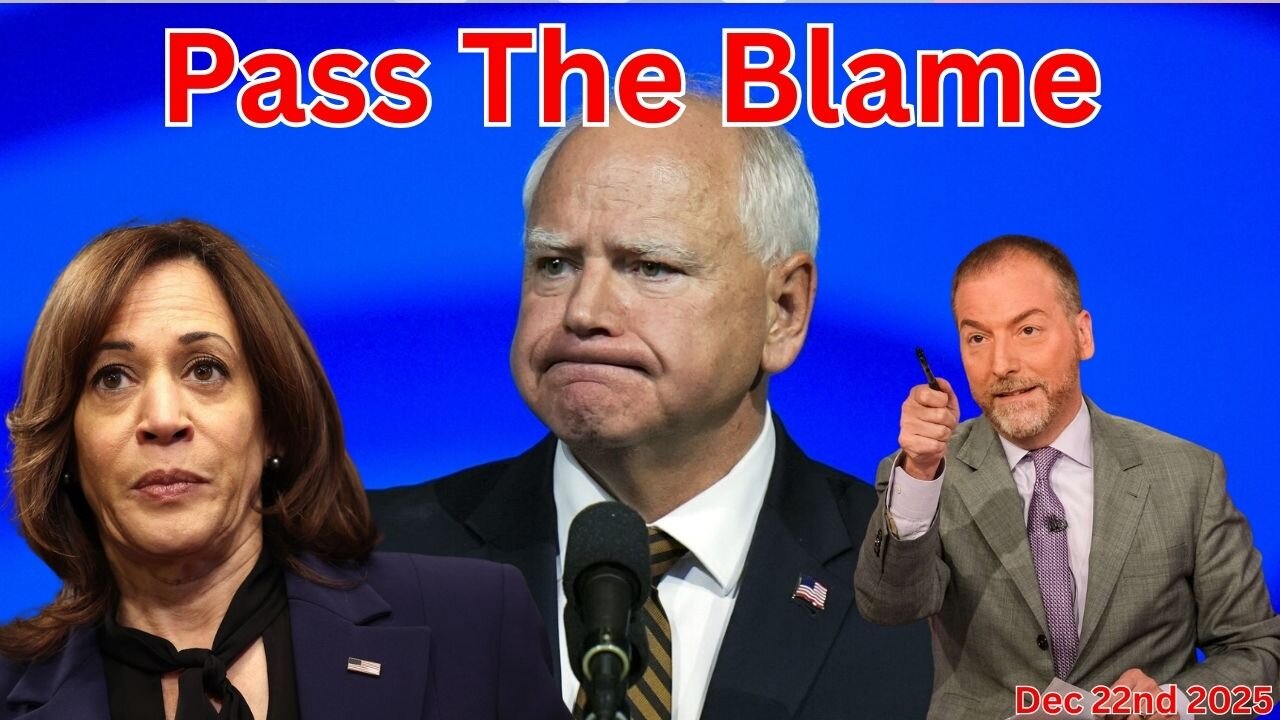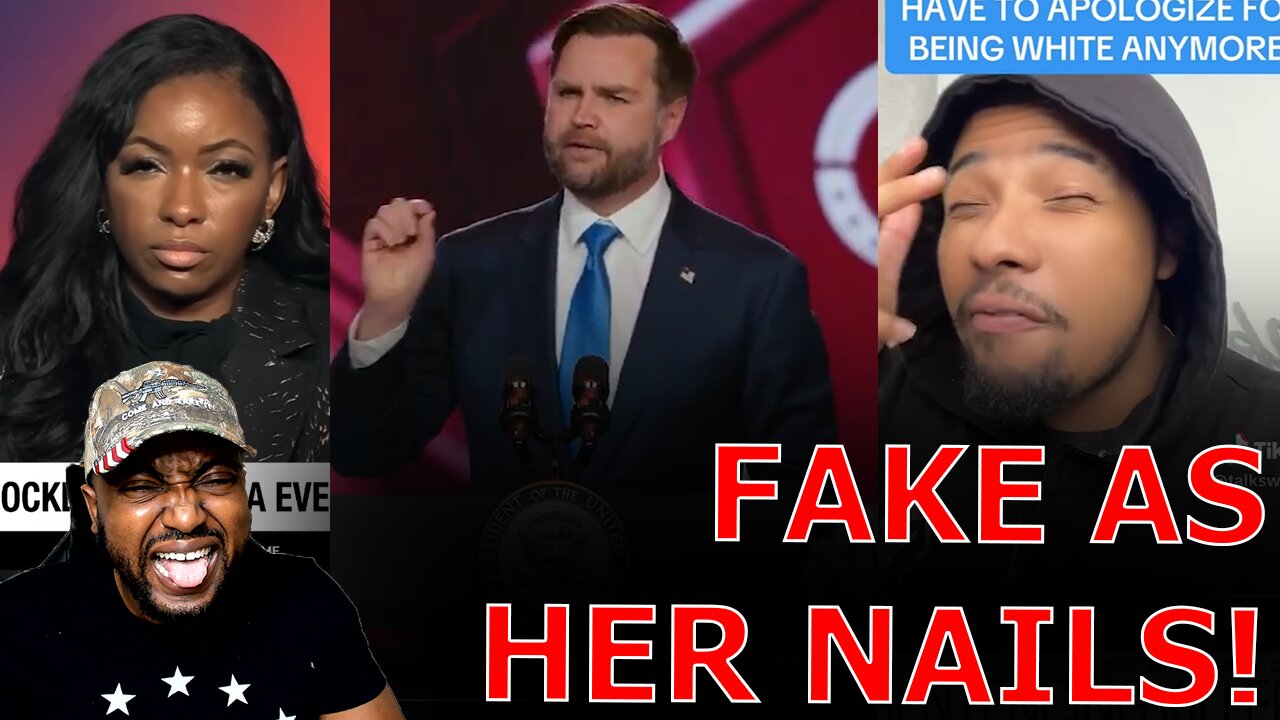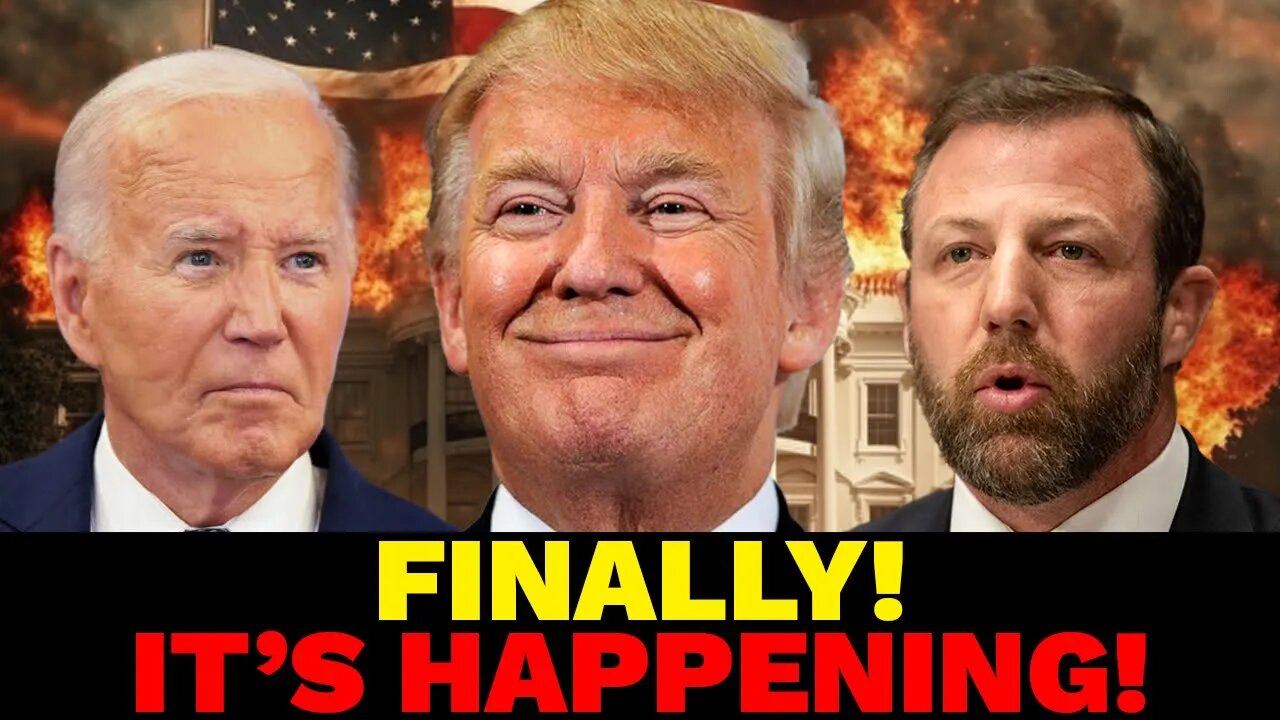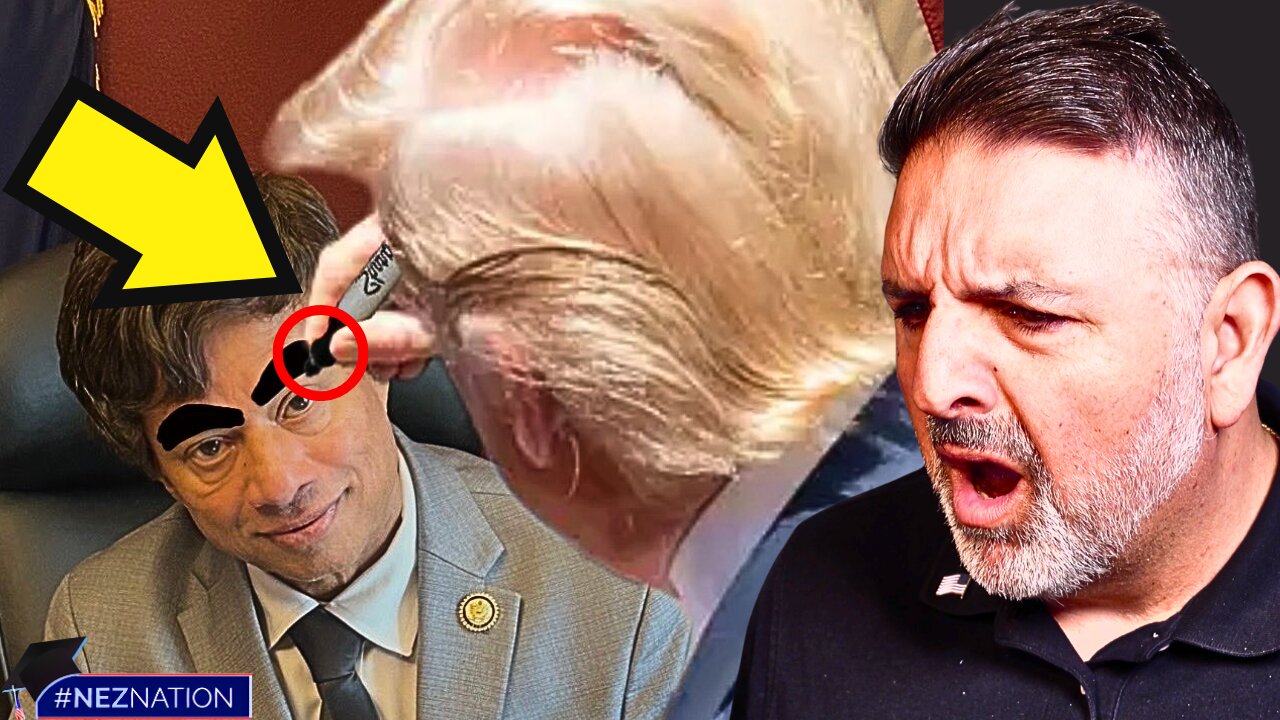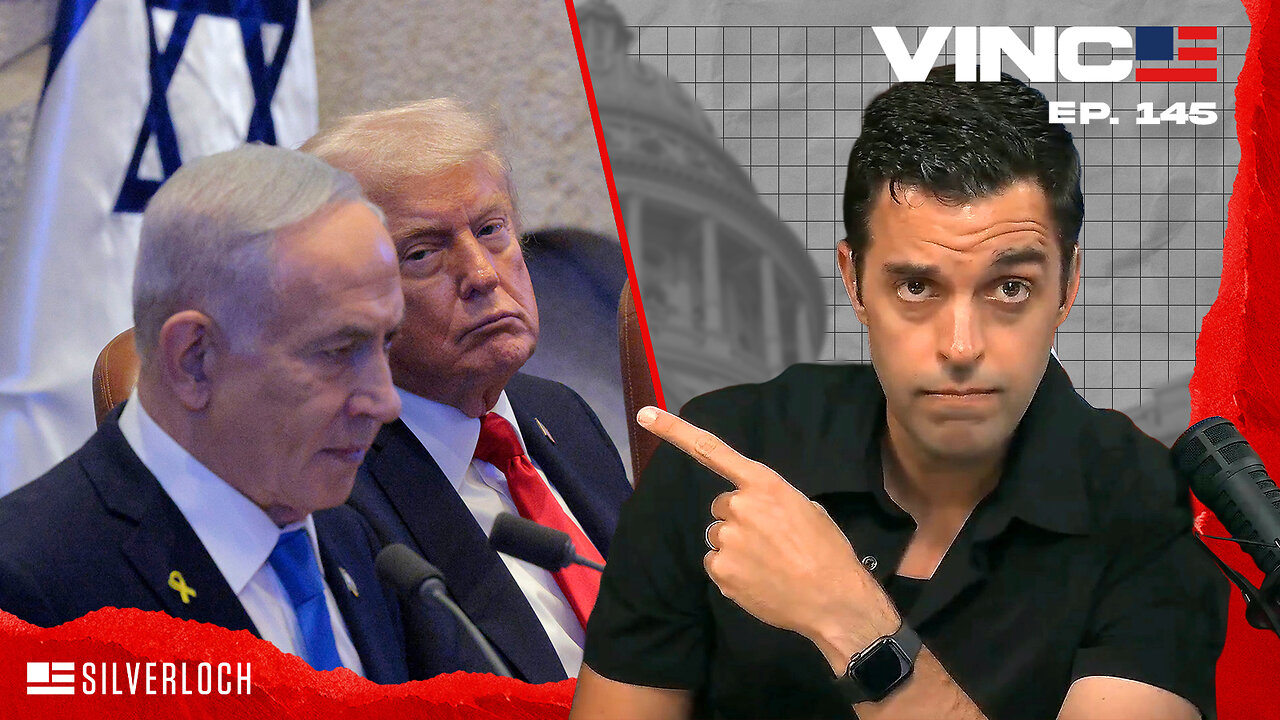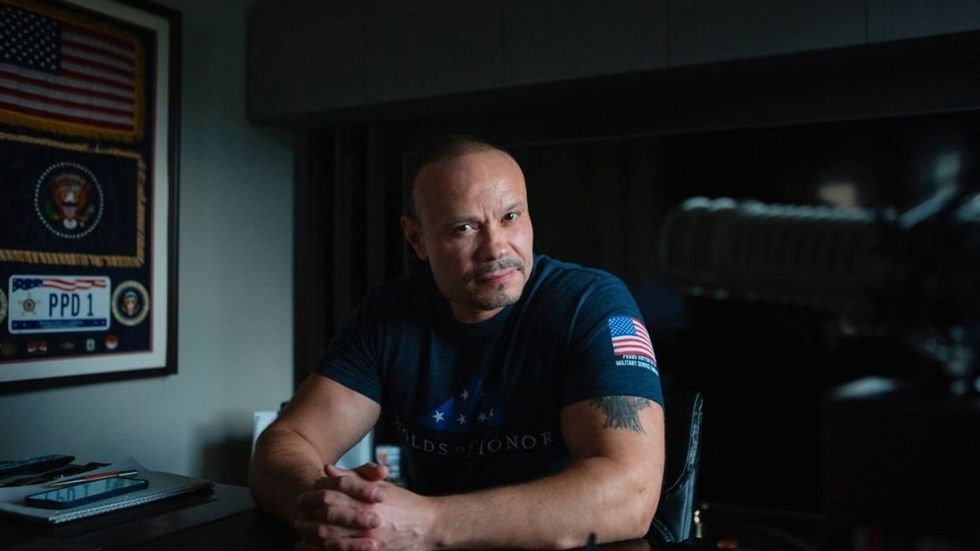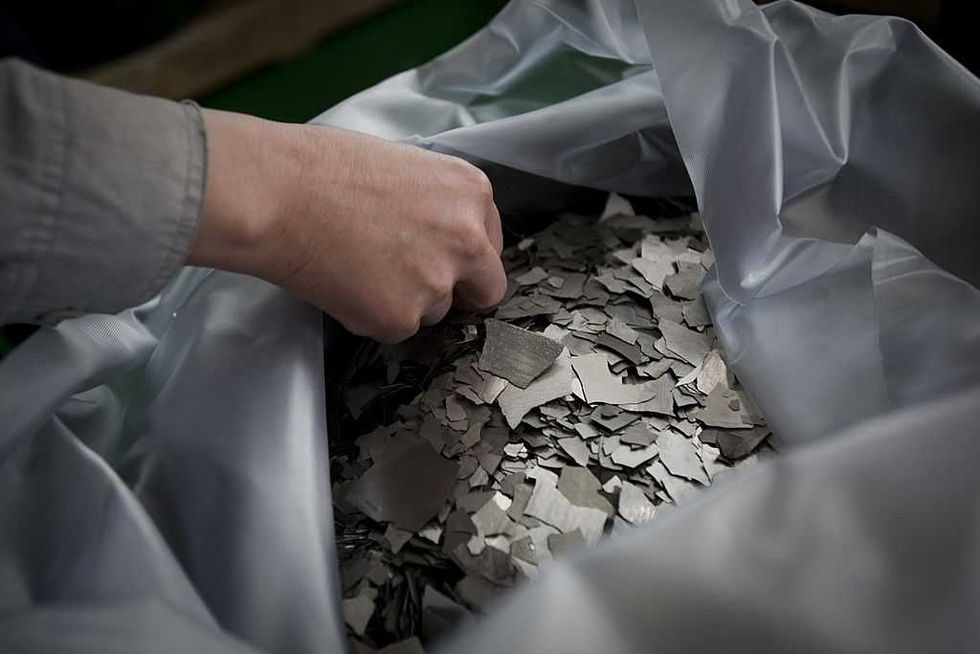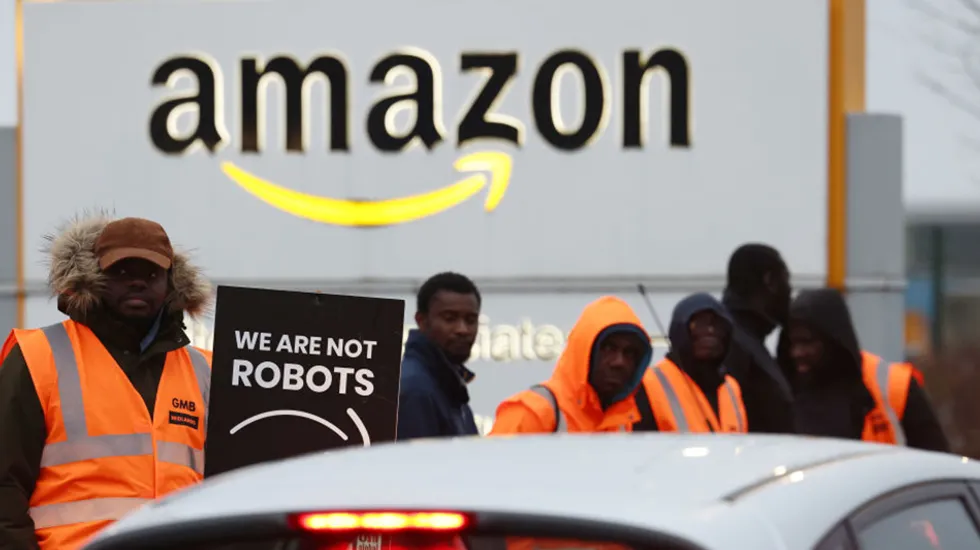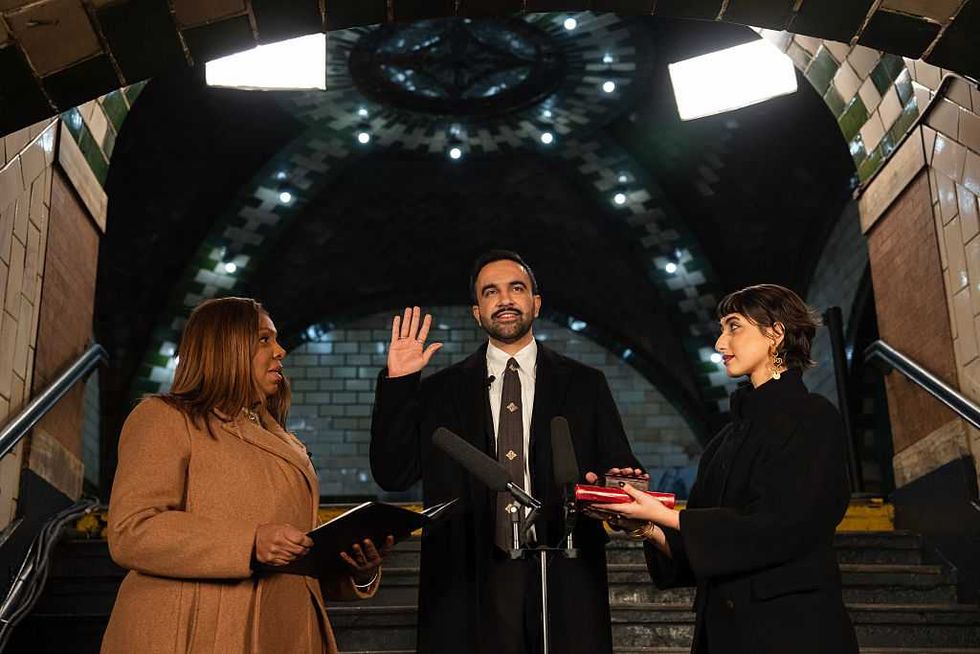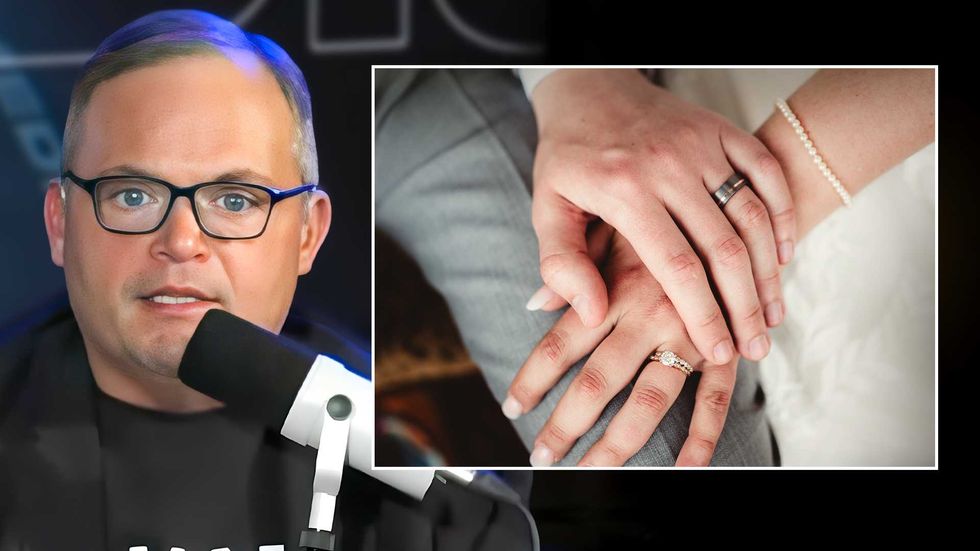From Uncle Herschel To Mickey Mouse: Cracker Barrel’s Disney Dilemma

As someone who grew up going to Cracker Barrel on road trips, I, along with millions of Americans, heaved a sigh of relief when I heard the old logo would remain.
Live Your Best Retirement
Fun • Funds • Fitness • Freedom
But while we won’t have to endure the Soviet-style brutalist-inspired logo redesign, the new minimalist décor and proposed architectural plans for new stores are still on the menu.
If you aren’t familiar, these architectural plans look suspiciously like those at new Taco Bells (where the current Cracker Barrel CEO was before) — and they’re indistinguishable from those of a small industrial warehouse.
This is yet another example of the push for a Woke Generica from those trying to erase familiar symbols of American art and architecture. But their movement targets more than just symbols — it’s a movement against the entire pioneering and entrepreneurial spirit that defined and built America.
American history is filled with people seeking to fill in the blank edges of the map and build the impossible. For centuries, we’ve been a nation that stood out for our accomplishments. Now, though, we have a corporate culture that overwhelmingly views blending into the crowd as an accomplishment.
One of our greatest entrepreneurs, Henry Ford, warned of this kind of latent unimaginative culture when he said, “If I had asked people what they wanted, they would have said faster horses.” There’s a reason it’s cliché to say that innovators and entrepreneurs expand our horizons.
The most groundbreaking and quality-of-life-uplifting innovations — whether an invention such as the computer, or a business model such as Amazon’s logistical empire — almost always stem from the kind of pioneering risk-taking that is so core to the American identity.
But the new Cracker Barrel redesign is a case study in a futile attempt to simply make a faster horse. And while blandly blending into the background can feel safe, it’s a clear road to stagnation.
In part, what we are seeing is a business world losing perspective with what they actually sell. Only part of a product is its material, functional, form. Whether you call it the vibe, style, or aesthetic, part of the service that people want is what inspires the mind and the soul.
One of the many failings of Eastern European communist societies was their focus on the tangible practicality of things. It was an overtly Marxist pursuit, but it was also — inadvertently — a movement focused on draining artistry out of the ordinary experiences of life and on assaulting our sense of rootedness and belonging.
The man they tried so casually to take off the Cracker Barrel logo isn’t just a generic old man. He’s Uncle Herschel — the real-life uncle of Cracker Barrel founder Dan Evins. He’s also a kind and friendly face, welcoming you into not just the eatery, but the environment that is a Cracker Barrel “Old Country Store.”
That environment conjures the spirit of the pioneering West and the ideal of a rural farming community’s gathering place and grocery supplier — featuring a favorite of mine, a wall of a dozen or so unique types of root beer.
But more importantly, that environment reminds us of a crucial and unique piece of our shared national spirit and identity.
Steve Jobs gave warnings about just this sort of thing — about the danger of a business replacing the people who created the product with people focused simply on marketing it without a deep respect for the richness of the product or brand.
Sadly, Cracker Barrel is only the latest in what is now a long line of businesses that have abandoned their purpose and history.
The most stunning example is, perhaps, the Greek tragedy that Disney has turned into — an existence that, over the last 10 years, has cost them the respect of most of their long-time fanbase and 20% of their inflation-adjusted market cap.
The Disney story presents a set of roadmaps that would be useful for Cracker Barrel and, indeed, the broader corporate world today to study.
After the sudden death of Walt Disney in 1966, the company largely lost its sense of soul and purpose and languished for 18 years.
When Michael Eisner came in as CEO in 1984, though, he oversaw the next 15 years of what is now called the Disney Renaissance, featuring “The Little Mermaid,” “Beauty and the Beast,” “The Lion King,” cruise lines, overseas theme-park expansions and many of the things that we now think of as the height of Disney art and culture.
Disney’s stock soared more than twenty-fold in inflation-adjusted terms during this period. But this is more than a simple business success story.
On day one, Eisner went to visit the Disney Imagineers — the people who knew Walt and still embodied the spirit of his vision.
Eisner ignored pressure to pursue what was seen as standard and safe — the pressure to radically depart Disney from its heritage. Instead, he sought to re-embrace that heritage and to rebuild the company in its truly unique style. That made all the difference.
Today, Disney’s current woke stagnation is the product of the last generation or so of abandoning those principles and following the same crowd that brought Cracker Barrel to take the barrel, and Uncle Herschel, off the logo.
Will we sheepishly go down the road of the brutalist logo and woke live action remakes? Or will we go the way of the Disney Renaissance — and reclaim the way of the rugged American pioneer and entrepreneurial innovator?
For now, the market has spoken and saved Cracker Barrel’s logo. But the question remains — and the nation as a whole must answer.
* * *
Richard Stern is Acting Director of the Roe Institute for Economic Policy Studies at the Heritage Foundation and Director of its Grover M. Hermann Center for the Federal Budget.
The views expressed in this piece are those of the author and do not necessarily represent those of The Daily Wire.
Originally Published at Daily Wire, Daily Signal, or The Blaze
What's Your Reaction?
 Like
0
Like
0
 Dislike
0
Dislike
0
 Love
0
Love
0
 Funny
0
Funny
0
 Angry
0
Angry
0
 Sad
0
Sad
0
 Wow
0
Wow
0







